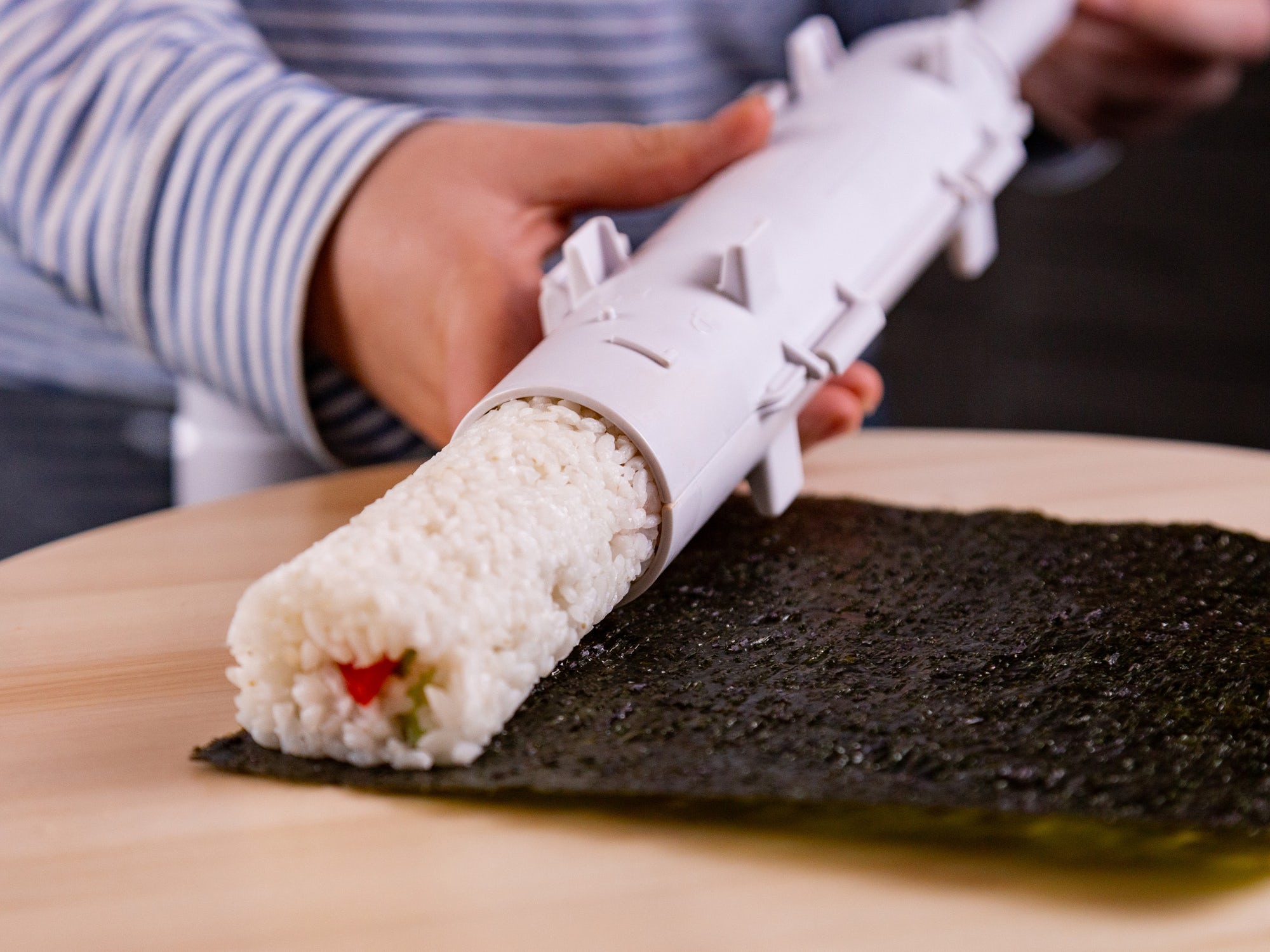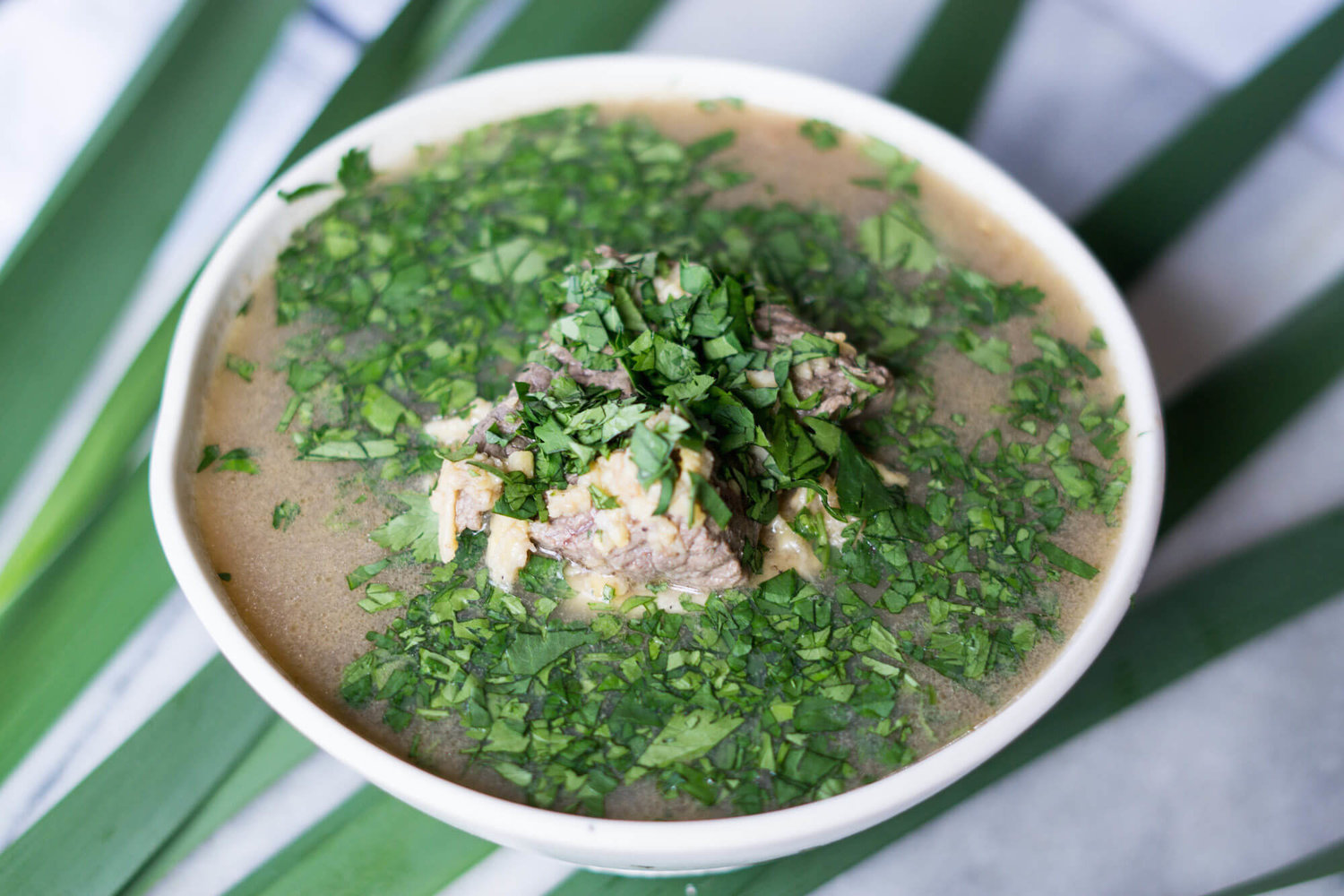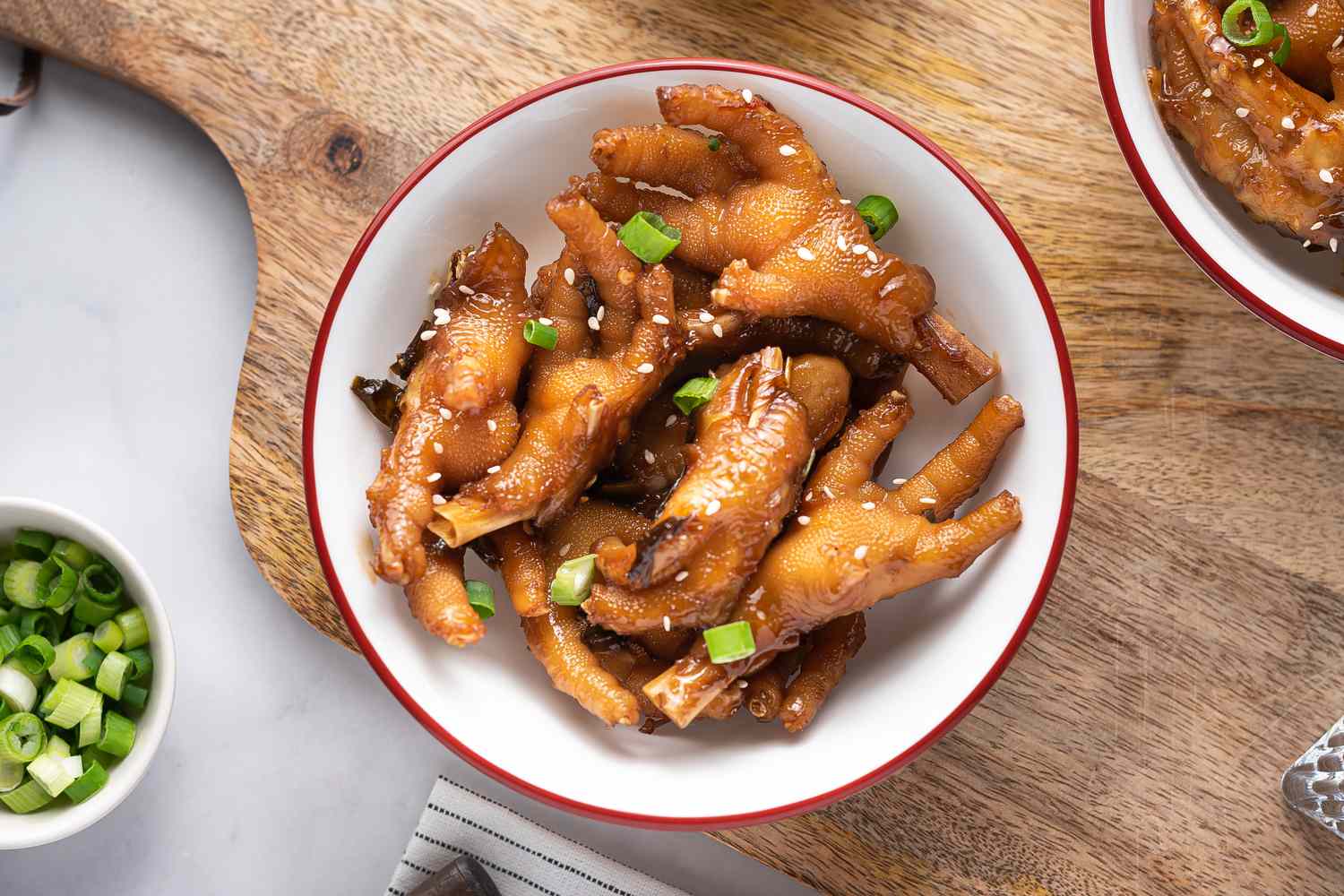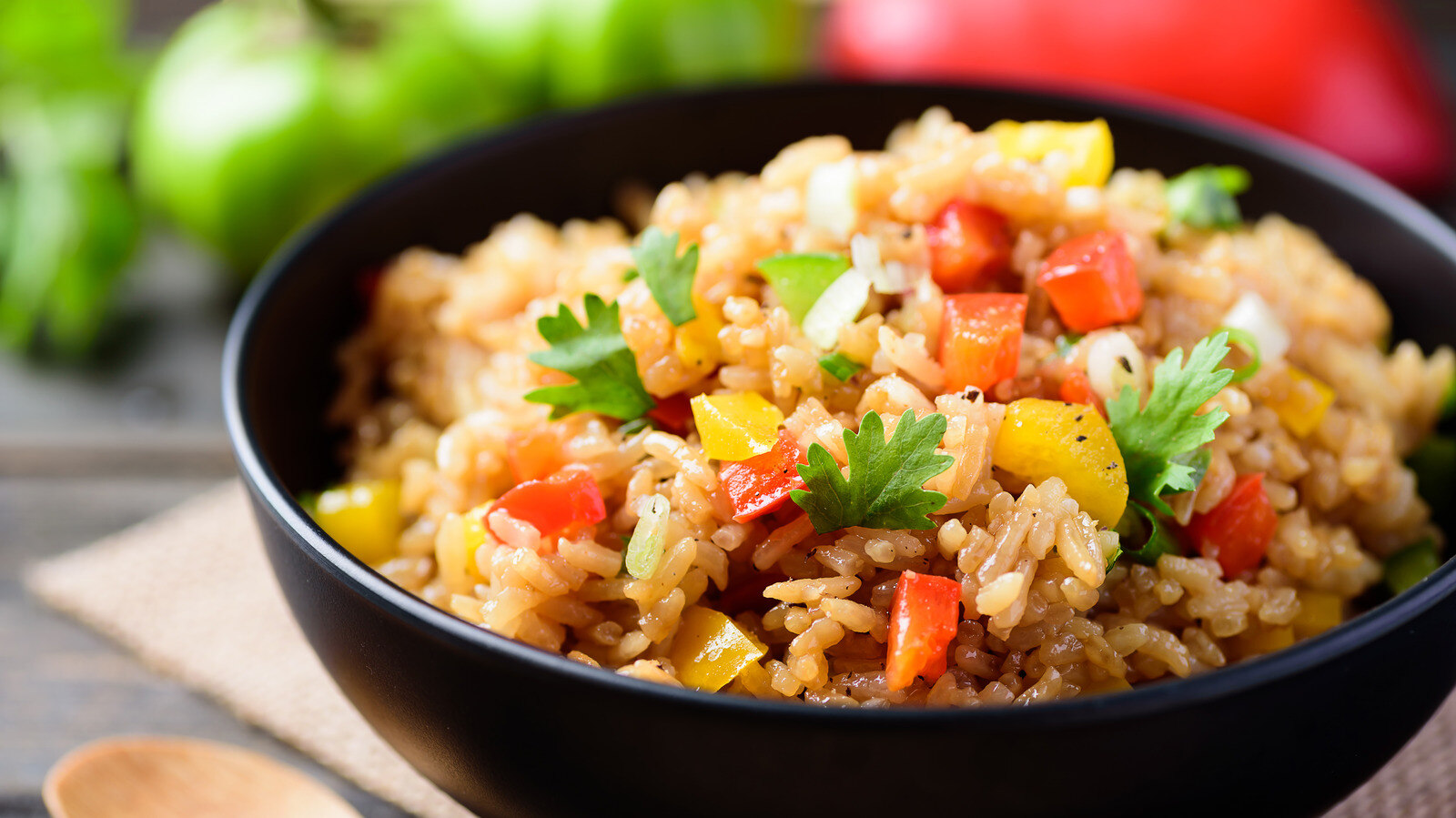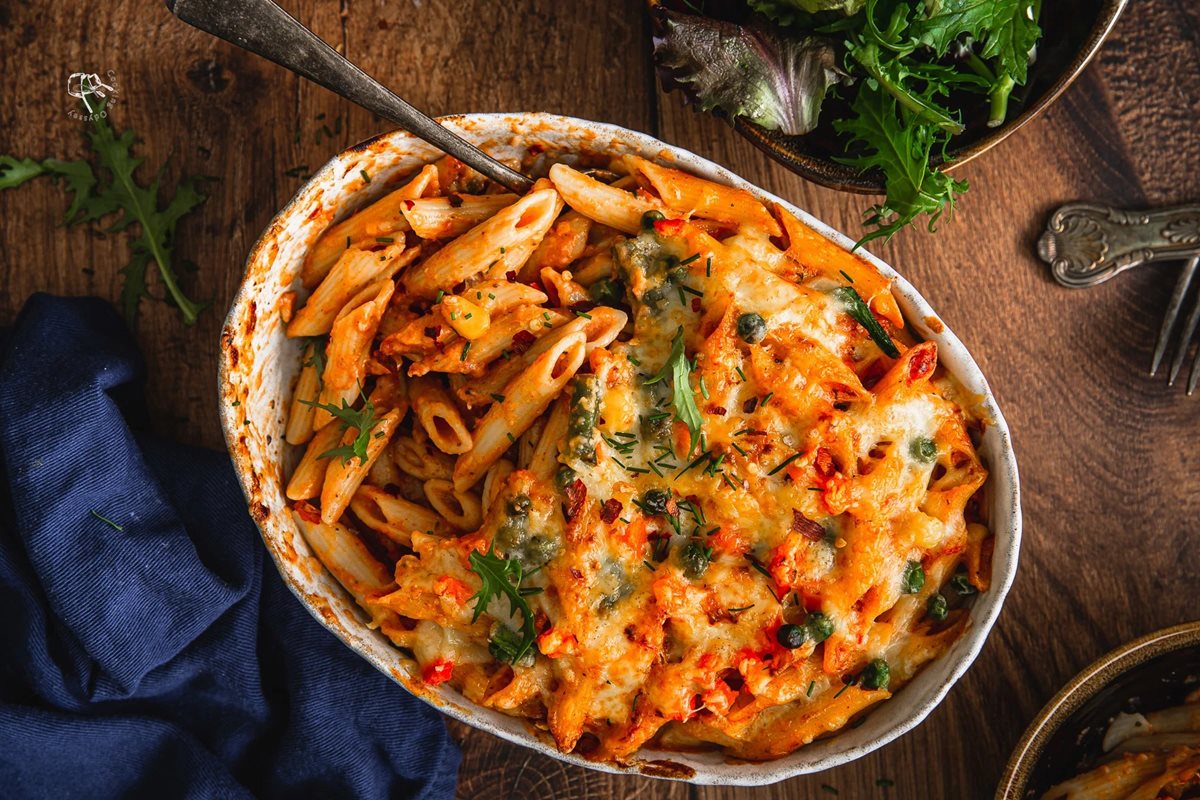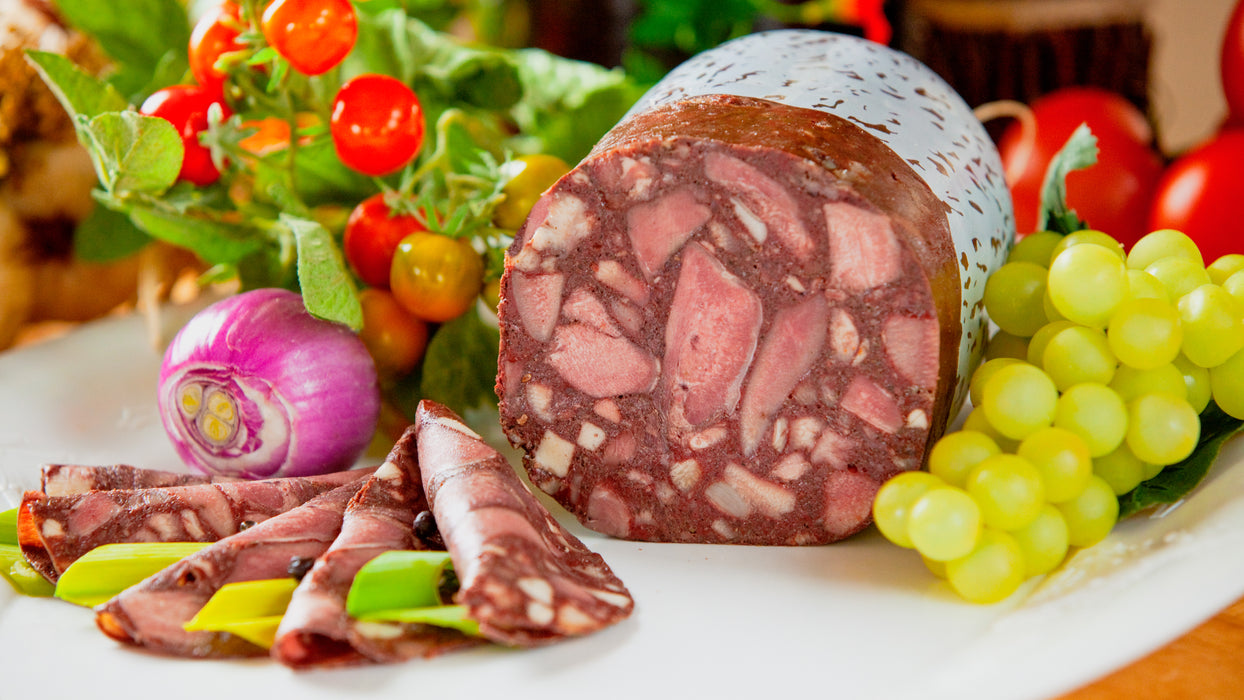Cooking with unconventional animal parts can be a fun way to reduce waste and explore new flavors. Many cultures have long used these ingredients, turning them into delicious dishes. From beef tongue tacos to crispy pig ears, these recipes offer unique textures and tastes. Using parts like liver, heart, and kidneys not only adds variety to your meals but also provides rich nutrients. This guide will introduce you to creative ways to cook with these often-overlooked ingredients, helping you make the most of every part of the animal. Get ready to expand your culinary horizons with these innovative recipes.
Essential Ingredients for Your Culinary Adventure
Innovative Recipes Using Unconventional Animal Parts
-
Chicken Feet
- 1 lb chicken feet
- 2 cloves garlic
- 1-inch ginger
- 2 tbsp soy sauce
- 1 tbsp oyster sauce
- 1 tbsp sugar
- 2 cups water
-
Pig Ears
- 2 pig ears
- 1 onion
- 2 bay leaves
- 1 tsp black peppercorns
- 1 cup vinegar
- 2 tbsp soy sauce
- 1 tbsp honey
-
Beef Tongue
- 1 beef tongue
- 1 onion
- 2 cloves garlic
- 1 carrot
- 2 celery stalks
- 1 bay leaf
- 1 tsp black peppercorns
- 4 cups beef broth
-
Lamb Kidneys
- 4 lamb kidneys
- 1 onion
- 2 cloves garlic
- 1 tbsp flour
- 1 cup red wine
- 1 cup beef broth
- 1 tsp mustard
- 1 tbsp butter
-
Duck Hearts
- 1 lb duck hearts
- 2 cloves garlic
- 1 tbsp olive oil
- 1 tbsp balsamic vinegar
- 1 tsp thyme
- Salt and pepper to taste
The Essential Toolkit for Culinary Creations
- Sharp Chef's Knife: Essential for precise cutting and minimizing waste.
- Cutting Board: Preferably two, one for raw meats and another for other ingredients to avoid cross-contamination.
- Heavy-Duty Pots and Pans: For slow-cooking and braising tougher parts.
- Meat Grinder: For making sausages or ground meat dishes from tougher cuts.
- Pressure Cooker: Speeds up the cooking process for parts that usually take longer to become tender.
- Fine Mesh Strainer: Useful for clarifying broths made from bones and other parts.
- Digital Thermometer: Ensures that meats are cooked safely to the right temperature.
- Butcher Twine: For tying roasts or trussing poultry.
- Roasting Rack: Allows heat to circulate evenly around the meat, especially useful for larger or odd-shaped parts.
- Marinade Injector: For infusing flavors deep into meats.
- Spice Grinder: Freshly ground spices enhance the flavors in unconventional meat dishes.
- Vacuum Sealer: Great for marinating or for sous-vide cooking methods.
- Sous-vide Machine: For precise cooking, ensuring that even the most challenging parts come out perfectly tender.
Try using chicken feet for rich broth, pig ears for crunchy salads, or beef tongue for tender tacos. These parts add unique textures and flavors to your dishes.
The Importance of Embracing Unconventional Ingredients
Innovative recipes using unconventional animal parts challenge culinary boundaries, pushing chefs and home cooks alike to rethink waste and sustainability. Utilizing parts like chicken feet, beef tongue, or pork ears not only minimizes food waste but also enriches our culinary palette, offering unique flavors and textures often overlooked in traditional cooking. This approach encourages a deeper appreciation for whole-animal cooking, fostering creativity while promoting more sustainable eating habits.
Your Culinary Roadmap: A Step-by-Step Guide
-
Select Unconventional Animal Parts
- Begin with sourcing unique cuts such as beef tongue, chicken feet, pork ears, and lamb kidneys. These parts often get overlooked but offer rich flavors and textures.
-
Research Preparation Methods
- Each part requires specific preparation techniques. For beef tongue, brining before cooking tenderizes the meat. Chicken feet need thorough cleaning and nail removal. Pork ears benefit from slow braising to become tender. Lamb kidneys should be soaked in milk to remove any bitterness.
-
Embrace Slow Cooking
- Slow cooking methods like braising and stewing are ideal. They transform tougher cuts into tender, flavorful dishes. Utilize a slow cooker or a low-temperature oven setting to achieve the best results.
-
Experiment with Seasonings
- Bold spices and herbs can enhance the unique flavors of these meats. Consider using smoked paprika for pork ears or rosemary and thyme for lamb kidneys. Ethnic spices also bring out the best in these cuts, such as star anise in beef tongue dishes.
-
Incorporate into Familiar Dishes
- Introduce these meats into well-loved recipes. Beef tongue can replace traditional meats in tacos. Chicken feet add depth to soups and broths. Pork ears can be sliced into salads or fried as a crispy snack. Lamb kidneys work well in pies or sautéed with onions.
-
Master the Art of Presentation
- Presentation can make these unconventional parts more appealing. Slice meats thinly and arrange them attractively on plates. Garnish with fresh herbs or edible flowers to enhance visual appeal.
-
Educate Your Guests
- Sharing information about the nutritional benefits and culinary traditions associated with these parts can make the meal more engaging. Many of these cuts are rich in proteins, vitamins, and minerals.
-
Pair with Complementary Sides
- Choose sides that complement the main dish. For richer meats like beef tongue and lamb kidneys, opt for light, fresh sides such as salads or steamed vegetables. For lighter meats like chicken feet and pork ears, heartier sides like mashed potatoes or rice can balance the meal.
-
Adjust Based on Feedback
- Pay attention to the reactions and preferences of those who try your dishes. Use feedback to tweak cooking methods, seasonings, and presentations for future meals.
Embracing Culinary Creativity
Using unconventional animal parts in recipes can elevate your cooking game. These ingredients, often overlooked, bring unique flavors and textures to dishes. Think about crispy pig ears in a salad or a rich bone marrow spread on toast. Not only do these parts add depth to your meals, but they also promote sustainable eating by reducing waste.
Next time you’re at the butcher, ask for something different. Experiment with oxtail stew or chicken feet broth. You might surprise yourself and your guests with how delicious these dishes can be. Plus, you’ll be honoring the whole animal, a practice that’s both respectful and resourceful.
So, don’t shy away from the unfamiliar. Dive into the world of innovative recipes and let your kitchen become a place of culinary adventure. Happy cooking!
All Your Questions Answered
What are some unconventional animal parts used in recipes?
Some unusual parts include chicken feet, pig ears, beef tongue, lamb brains, and fish heads. These parts can add unique flavors and textures to dishes.
How do you cook chicken feet?
First, clean them thoroughly. Then, you can boil them until tender and deep-fry for a crispy snack. They’re also great in soups and stews for added richness.
Are pig ears safe to eat?
Yes, pig ears are safe when cooked properly. Boil them to soften, then grill or fry for a crunchy treat. They’re often used in salads and sandwiches.
What’s the best way to prepare beef tongue?
Beef tongue needs long, slow cooking. Simmer it in broth with spices for a few hours until tender. Peel off the skin, then slice and serve in tacos or sandwiches.
How do you clean and cook lamb brains?
Soak lamb brains in cold water to remove blood. Then, blanch them in boiling water for a few minutes. You can then sauté or fry them. They’re creamy and mild, perfect for pâtés or omelets.
Can you use fish heads in cooking?
Absolutely! Fish heads are fantastic for making broth or stock. They add a deep, rich flavor. You can also grill or bake them for a tasty, nutritious meal.
Why should I try cooking with these parts?
Using unconventional animal parts reduces waste and can be more economical. Plus, they offer unique flavors and textures that can elevate your cooking.

